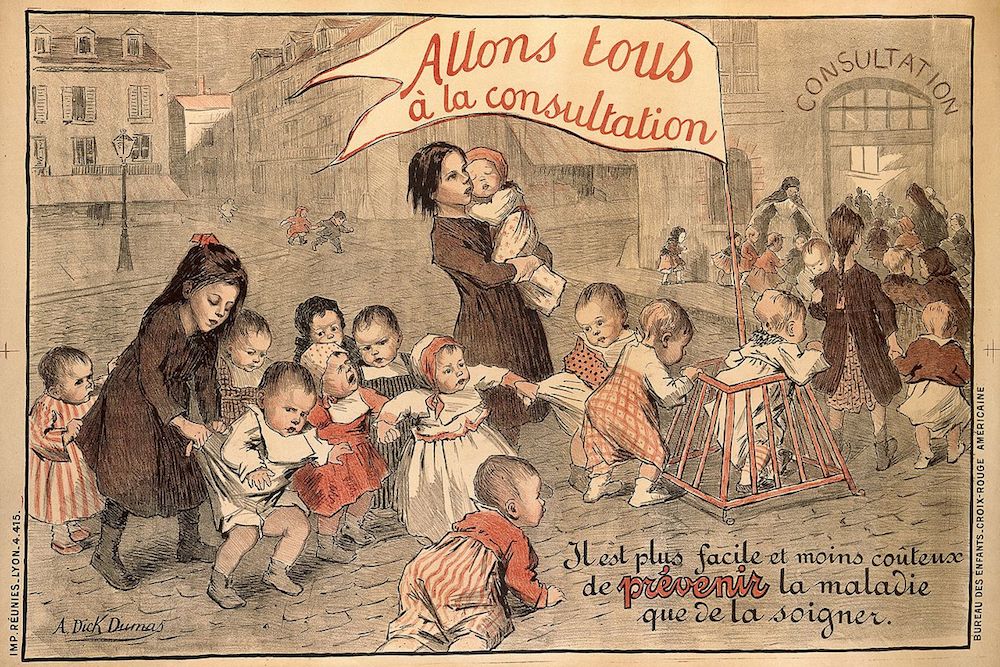/https://public-media.si-cdn.com/filer/ec/f0/ecf0cf5d-9783-4232-a710-4052e283574e/800px-spanish_flu_in_1918_police_officers_in_masks_seattle_police_department_detail_from-_165-ww-269b-25-police-l_cropped.jpg)
Seattle police officers wearing masks in 1918 (Public domain via Wikimedia Commons)
When Dorman B.E. Kent, a historian and businessman from Montpelier, Vermont, contracted influenza in fall 1918, he chronicled his symptoms in vivid detail. Writing in his journal, the 42-year-old described waking up with a “high fever,” “an awful headache” and a stomach bug.
“Tried to get Dr. Watson in the morning but he couldn’t come,” Kent added. Instead, the physician advised his patient to place greased cloths and a hot water bottle around his throat and chest.
So begins Meilan Solly’s introduction to selections from 1918 diaries during the Great Influenza Epidemic in the U.S. You may read her entire Smithsonian post here.



/https://public-media.smithsonianmag.com/filer/e3/58/e3589ce6-5c9f-4164-b7f1-4c6b577812cd/file-20180228-36671-jjv25p.jpg)




